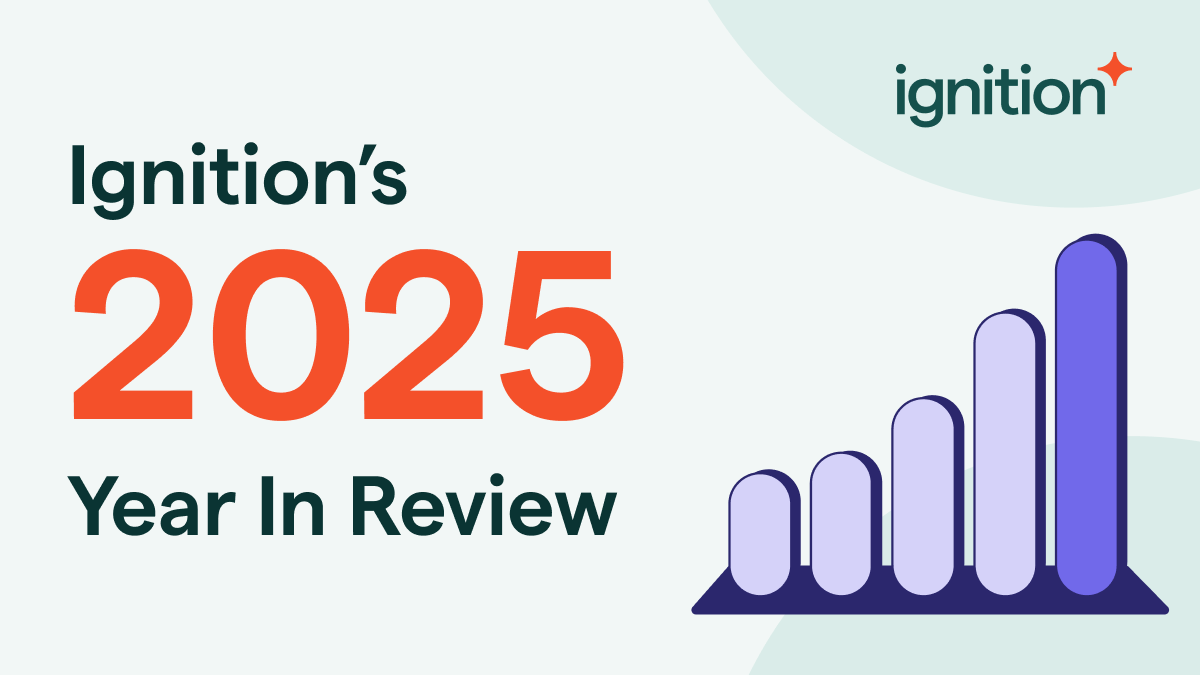How to bill for out-of-scope work and keep clients happy

Small requests from clients pop up all the time. A quick favor here, a little tweak there. It’s just part of building strong relationships. But when those extras start piling up, you might find yourself doing a lot of free work. And before you know it, you’re dealing with scope creep.
A few out-of-scope tasks might not seem like a big deal, but over time, they can chip away at your margins, burn out your team, and make it harder to stay on top of what actually is in scope.
That’s why it pays to have a plan. Knowing how to identify, handle, and bill for work that falls outside your original agreement can protect your time and revenue without putting the client experience at risk. Here’s how to manage out-of-scope requests, set clear boundaries, and get paid for the extras without damaging the relationship.
Key takeaways:
- Set clear scope boundaries from the start to manage expectations and reduce the risk of scope creep.
- Spot scope creep early (or prevent it entirely) to protect your revenue and productivity.
- Know how out-of-scope work impacts your business, and have a plan to handle it without compromising client satisfaction.
- Use change orders or supplemental contracts to formalize requests for additional work.
- Automate billing, invoicing, and payment collection to simplify ad-hoc billing and ensure you get paid on time.
Set clear boundaries around what is in scope
When you start an engagement with a client, defining in-scope services in your contract is essential. It clarifies what you are (and aren’t) getting paid for and helps set expectations from the beginning. Being specific about what’s included can reduce the chances of clients asking for work outside the agreement.
For professional service providers, a few best practices for defining scope include:
- Identifying key deliverables
- Establishing a timeline with clear milestones
- Outlining any tasks or work that are explicitly excluded
If you’re unsure how to create that level of clarity, working from customized templates can make it easier. Platforms like Ignition offer templates your team can tailor to fit the scope of work (SOW) for each client.
Ignition’s templates include predefined service descriptions, customizable package options and add-ons, terms, and scope-of-work sections tailored to professional service businesses. These elements help ensure everyone is aligned on what’s included and excluded from day one.
Ready to customize contracts with clearly defined expectations?
Find out how Ignition works
Recognize and address scope creep before it happens
Scope creep gets its name for a reason. It can sneak in slowly, often before you realize it’s happening. By the time it’s clear what’s going on, your business may have already lost valuable time or revenue. Having a clear SOW in place makes it easier to identify when client requests go beyond the original agreement, helping you avoid the pitfalls of scope creep.
But why does this happen in the first place? It usually comes down to unclear expectations. Poor communication, vague deliverables, or account managers unsure when to say “no” can all lead to clients asking for more than what was agreed upon. Sometimes, it’s as simple as a client’s needs evolving mid-project.
To minimize the risk of dealing with scope creep, platforms like Ignition make it easier to plan ahead. With tiered package options and add-ons, clients can easily select extra services upfront, so those “extras” are built into the scope from the start.
How out-of-scope work impacts revenue
Saying yes to the occasional out-of-scope request can strengthen client relationships, but over time, it can lead to lost revenue and lower productivity. Teams may become burned out from doing extra work they didn’t plan for, especially if those tasks fall outside their usual responsibilities.
It can also affect the client experience. When additional requests are squeezed into already busy schedules, quality can slip, deadlines can stretch, and the end result may not meet expectations. This puts strain on your team and your relationships, and often leads to awkward conversations about what is or isn’t included.
In the long run, too much out-of-scope work can lead to cancellations or missed renewals. And even when the work gets done, the time and energy spent fulfilling those requests is time you could’ve spent bringing in new business or growing existing accounts.
Get clarity when clients request additional work
Even with a contract that clearly defines scope, client needs can shift. They may come to you with requests for tasks or deliverables you don’t typically offer. It’s understandable to hesitate. Scope creep and unclear billing terms can quickly lead to lost time or unpaid work.
Still, being flexible can help you retain clients and continue delivering great service. When a request comes in, take time to clarify exactly what they’re asking for. This helps you decide whether it should be billed separately, and if so, how much to charge.
Having that clarity also allows you to adjust project management as needed. You may need to extend a timeline, shift priorities, or delegate additional tasks to make room for the extra work without sacrificing quality.
Draft a supplemental contract or change order
Out-of-scope work can sometimes lead to confusion or disagreements that put client relationships at risk. Creating a supplemental contract or change order helps avoid misunderstandings and keeps everyone aligned on expectations.
A supplemental contract (sometimes called an ad-hoc contract) adds to your existing service agreement. It’s a good fit for one-off requests or smaller tasks that don’t significantly impact your workflow.
Change orders, on the other hand, are better suited for recurring or more involved requests. If the extra work requires new project steps or adds time-consuming tasks, a change order lets you revise the original contract terms more formally.
Both documents are legally binding and require you and your client to agree and sign off before the additional work begins. While change orders tend to involve a more detailed update to the contract, either option gives you a clear path to address extra work and get paid for it.
Define new deliverables and outline billing terms
When clients request ad-hoc work, having a contract in place helps outline exactly what you’ll deliver and when. It also gives you the opportunity to set billing terms up front, so you’re properly compensated. This kind of structure prevents misunderstandings that can disrupt workflows or cut into your profits.
Still, drafting a brand-new contract for every out-of-scope request isn’t always realistic. Tools like Ignition make it easy to streamline contract management. You can update existing agreements with service edits to reflect scope changes or tailor engagement templates for new clients to include additional work.
Need to bill for extra services without changing the original contract? Ignition’s Instant Bill feature lets you quickly send one-off invoices for extra work. No need to revise your proposal or create new documentation from scratch.
Bill for out-of-scope work
When clients ask for ad-hoc work, billing them according to the terms in your existing contract is key to maintaining trust. But let’s face it: out-of-scope work is rarely as straightforward as your standard services.
You might need to adjust your pricing to factor in workflow disruptions or ask for payment sooner because the turnaround is tight. These extra tasks often come with less detail upfront, especially if a client asks for something that wasn’t covered in the original agreement. That’s why it’s crucial to sit down with your client, clarify deliverables and rates, and agree on billing terms before you send an invoice.
Since ad-hoc work can be fast-paced and unpredictable, you also need a billing process that adapts quickly. Otherwise, you might find yourself stuck with lengthy approval timeframes or delayed payments while you wait for contract revisions.
So, how can you stay agile and still get paid on time? The simple answer is automation.
Automate billing, invoicing, and payment collection
Manual billing slows things down, especially when you’re juggling unexpected client requests. Automation makes the process smoother, faster, and way less stressful.
With Ignition, you can collect payment details when contracts are signed and automatically charge clients when payments are due. That means no chasing, no awkward reminders, and no delays. It’s especially helpful for out-of-scope work or ad-hoc tasks that need a quick turnaround.

Ignition’s billing hub and integrations with tools like QuickBooks Online automate invoicing and reconciliation, helping you get paid faster while maintaining accurate records. It helps you cut down on admin time, boost efficiency, and reduce the need for accounts receivable, all while keeping your cash flow steady.
Accommodate client requests and get paid for additional work with Ignition
Scope creep can happen to any business, but turning down every out-of-scope request just to avoid it isn’t the best move for long-term profitability. With the right tools and processes in place, you can handle ad-hoc work confidently, keep clients happy, and make sure your time is accounted for.
Ignition makes it easy to manage these extra requests. Features like Instant Bill, automated invoicing, and customizable templates help you stay flexible without losing track of scope or billing. Team members can quickly update contracts or services, stay aligned on what’s included, and keep things running smoothly.
Ready to simplify contract management and get paid for every client request?
Try Ignition for free and see how much easier it can be.


